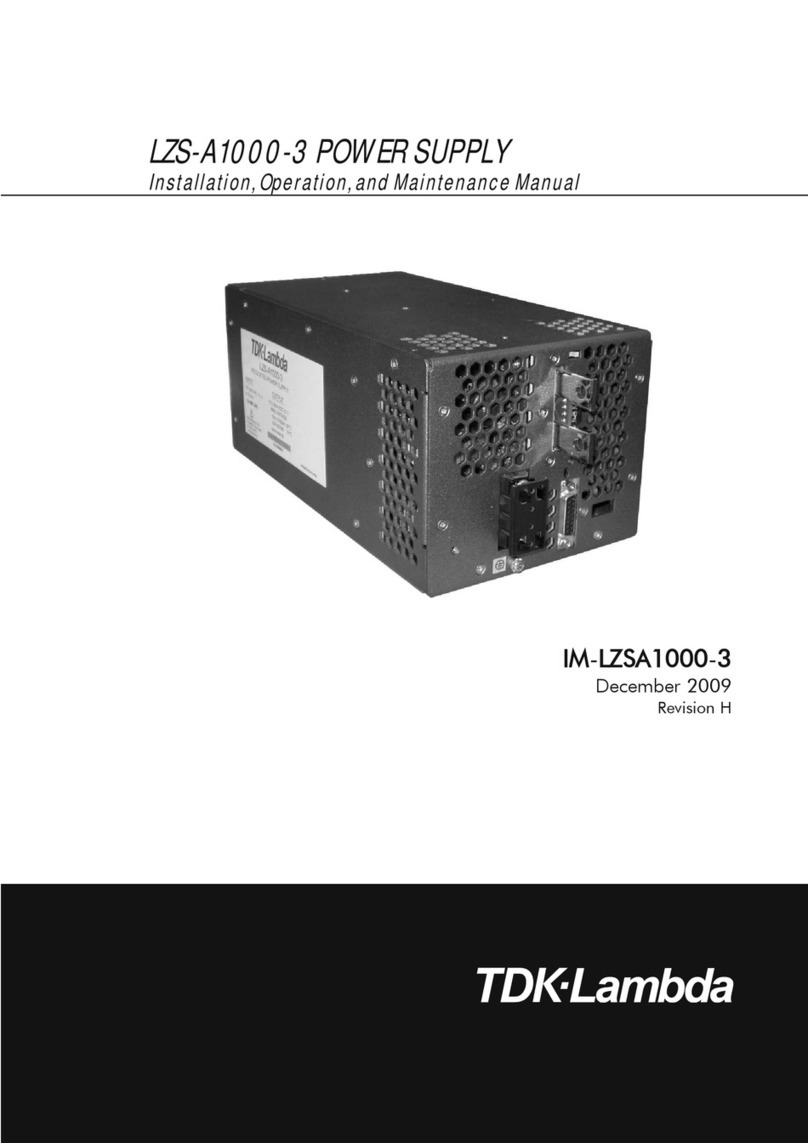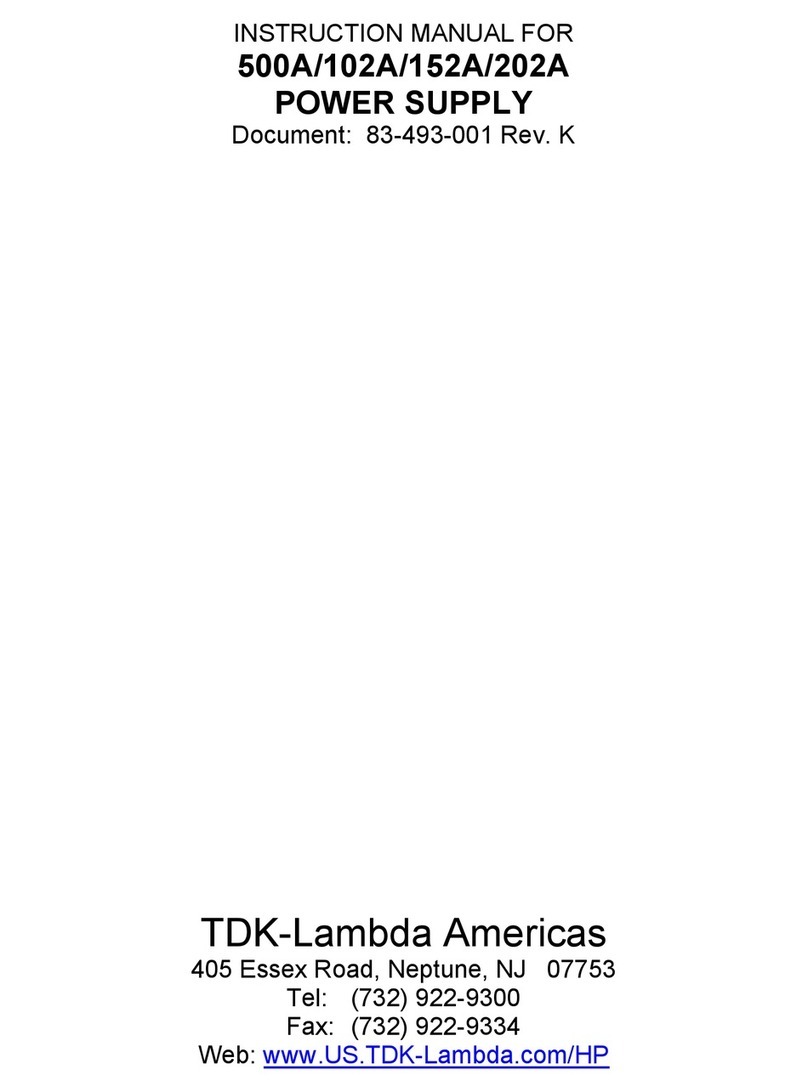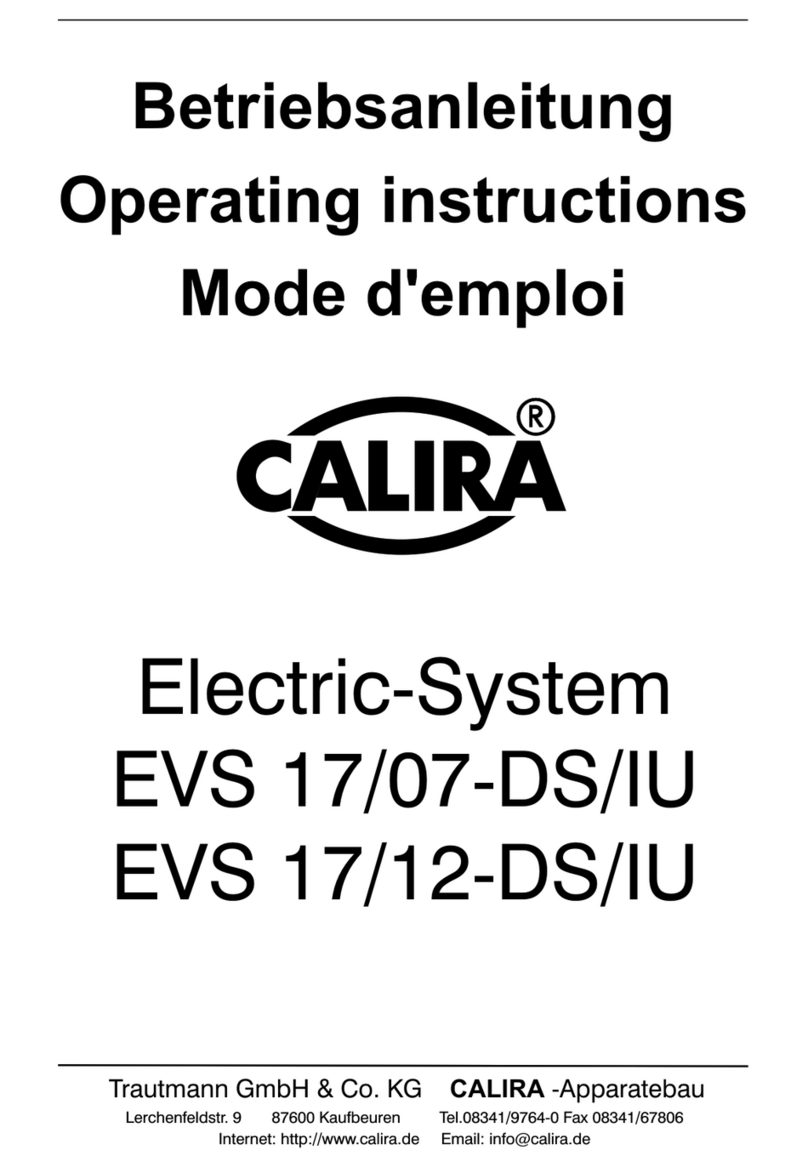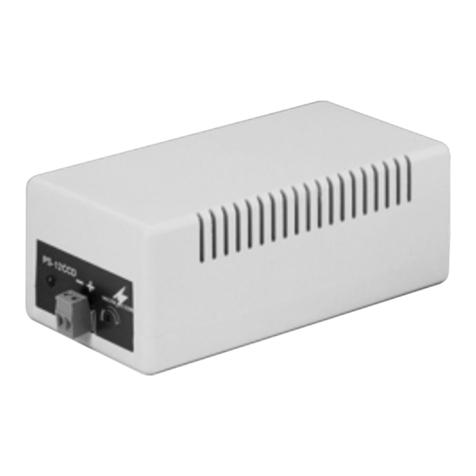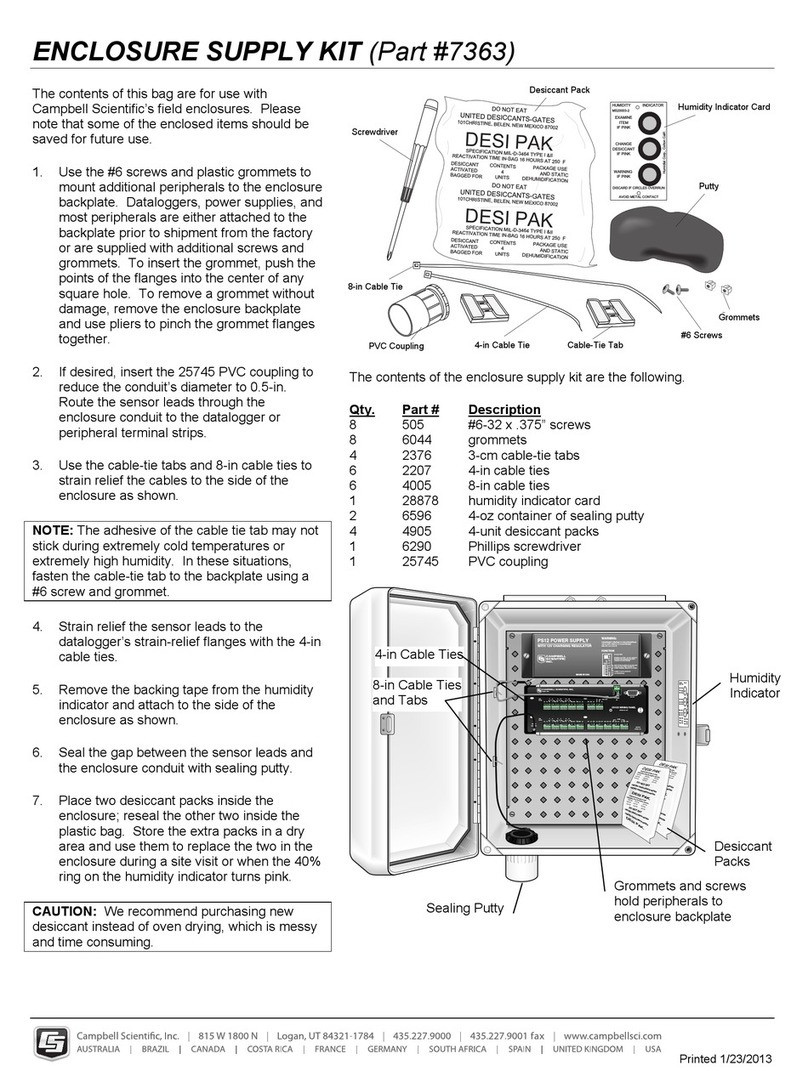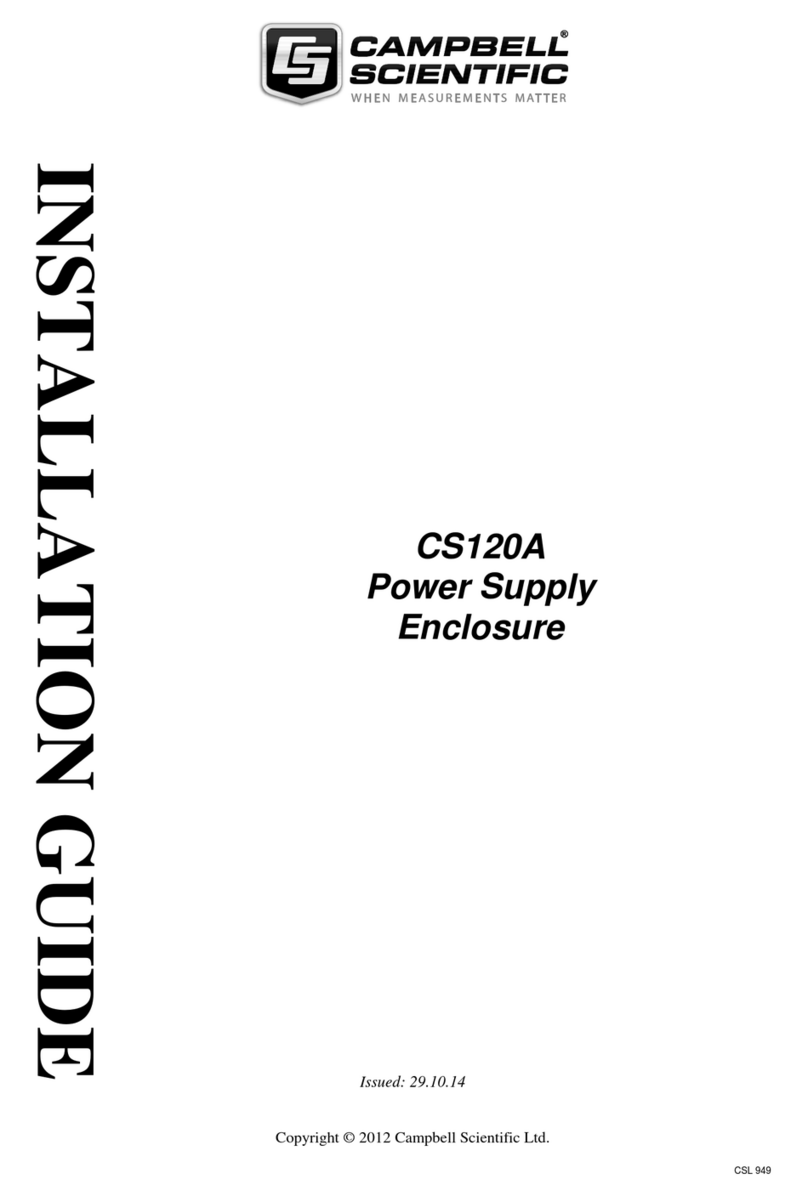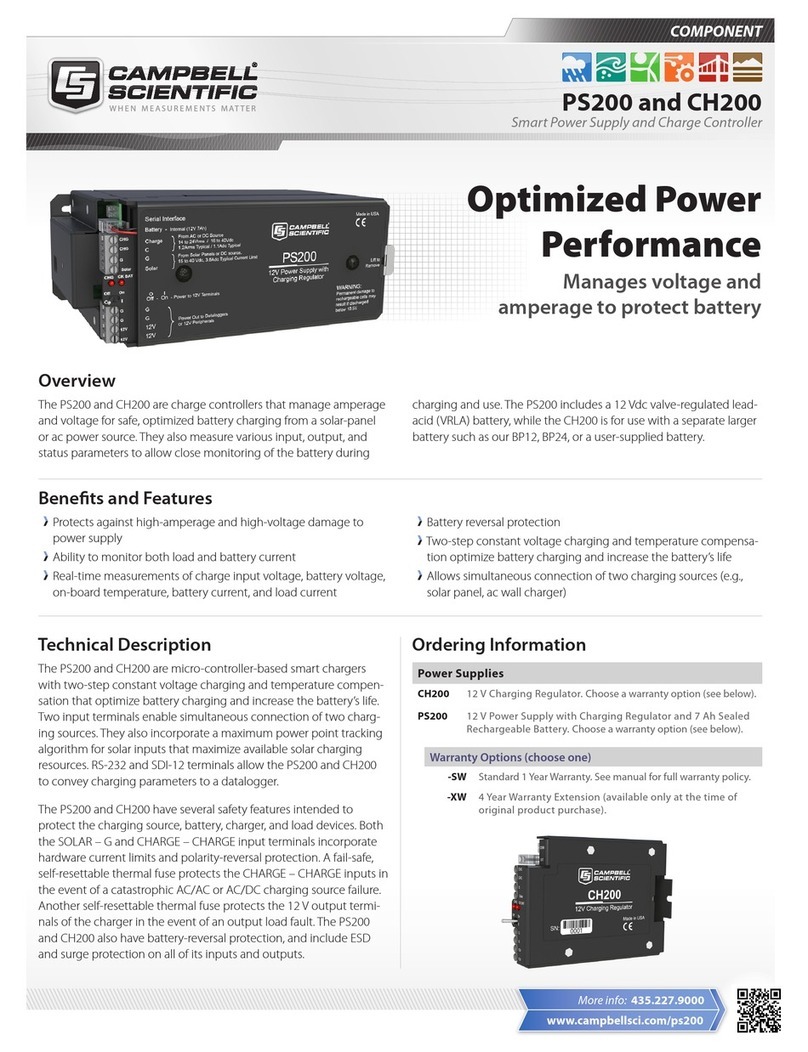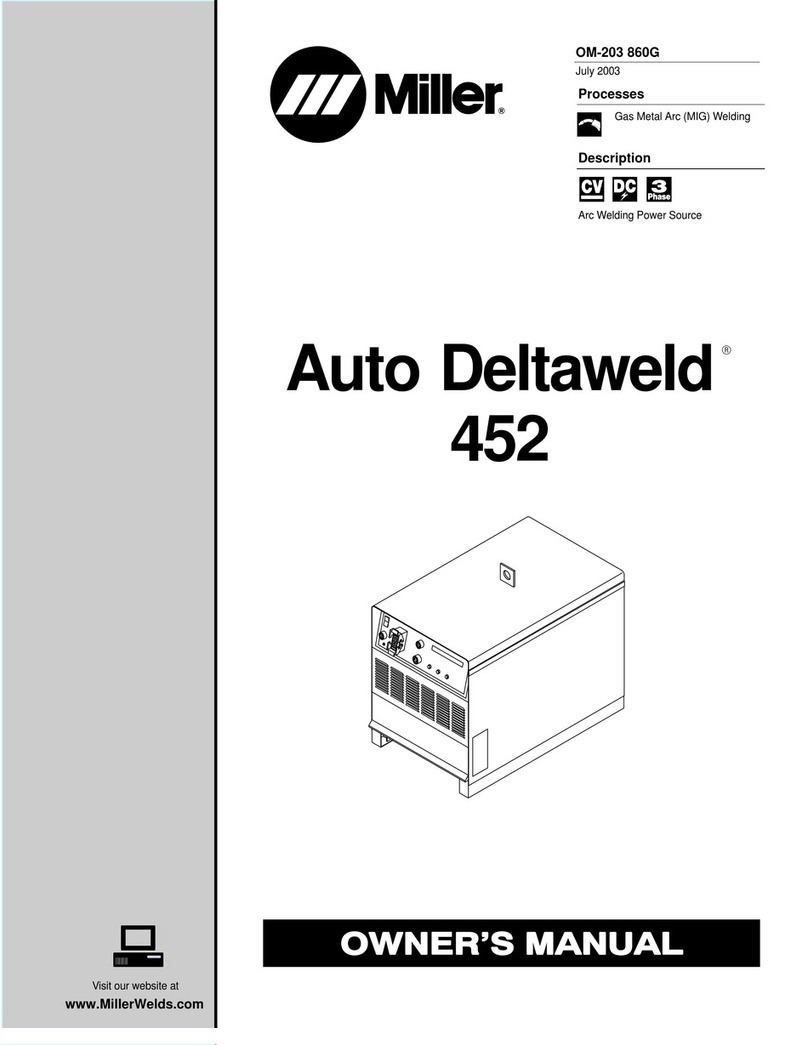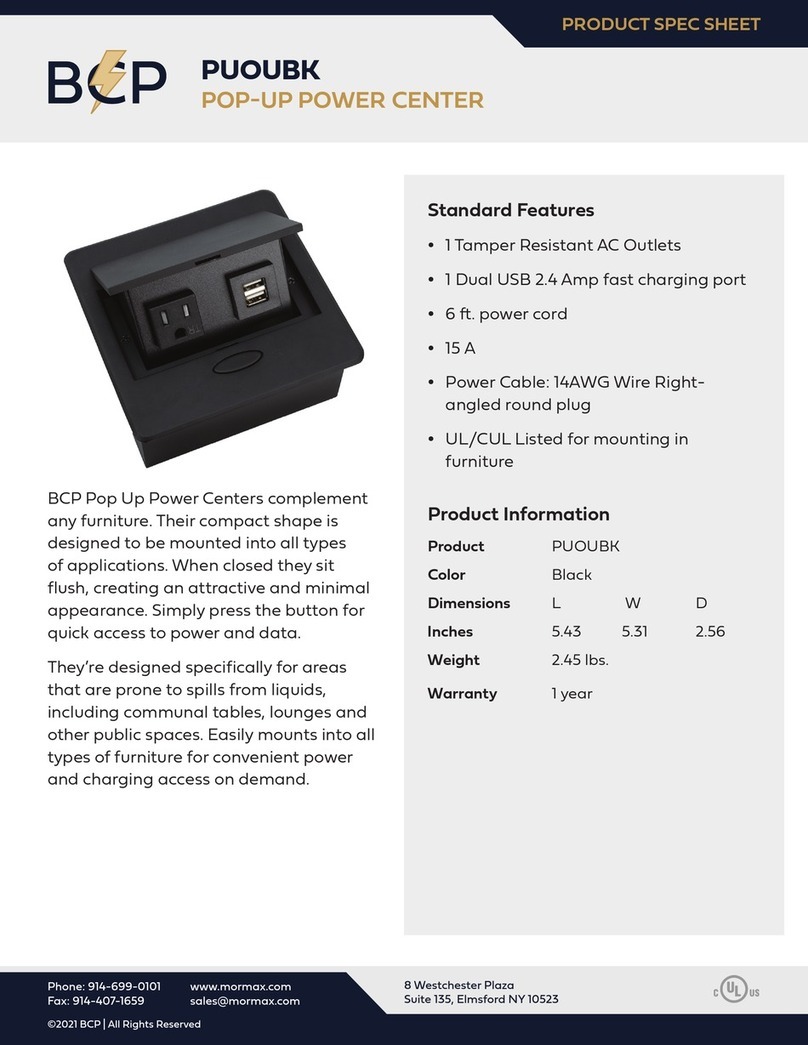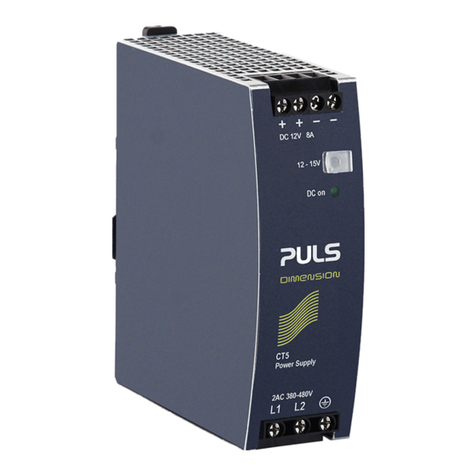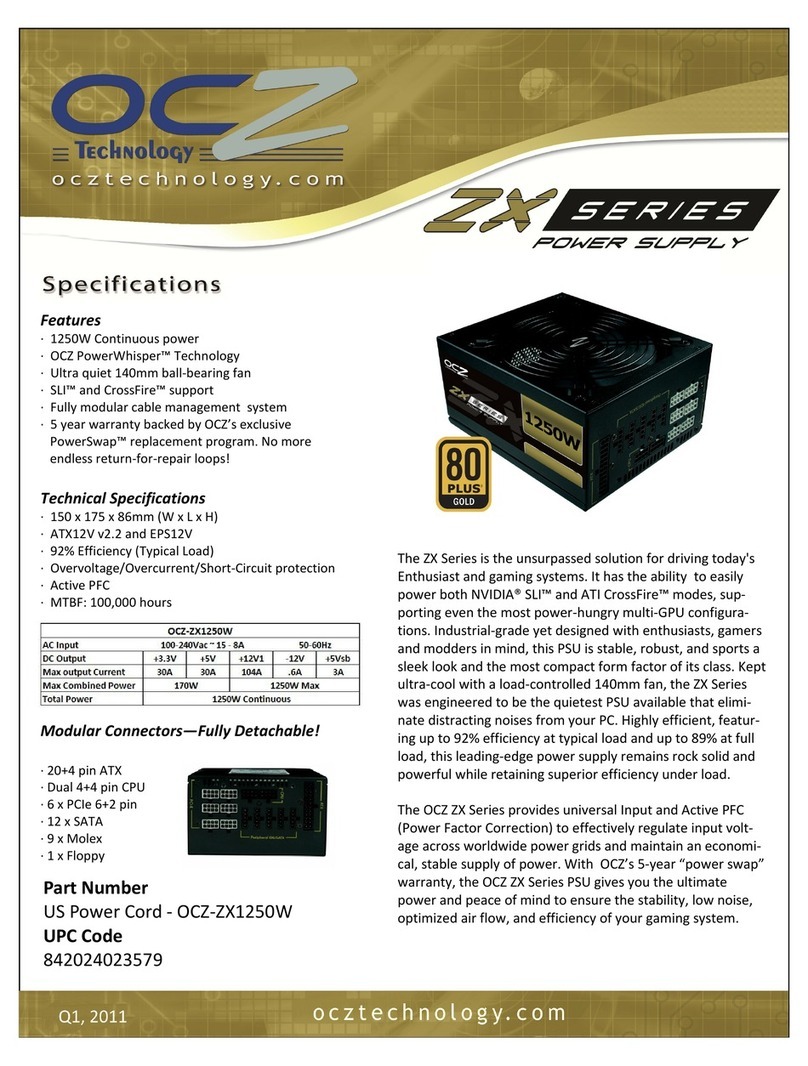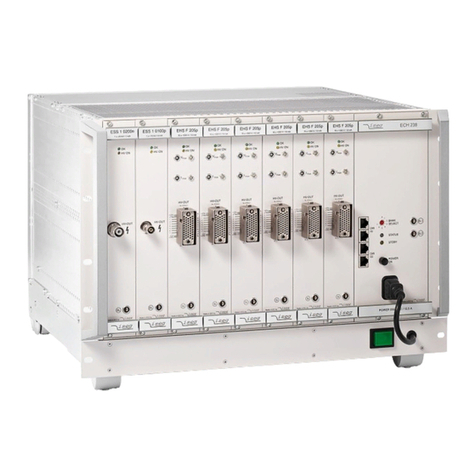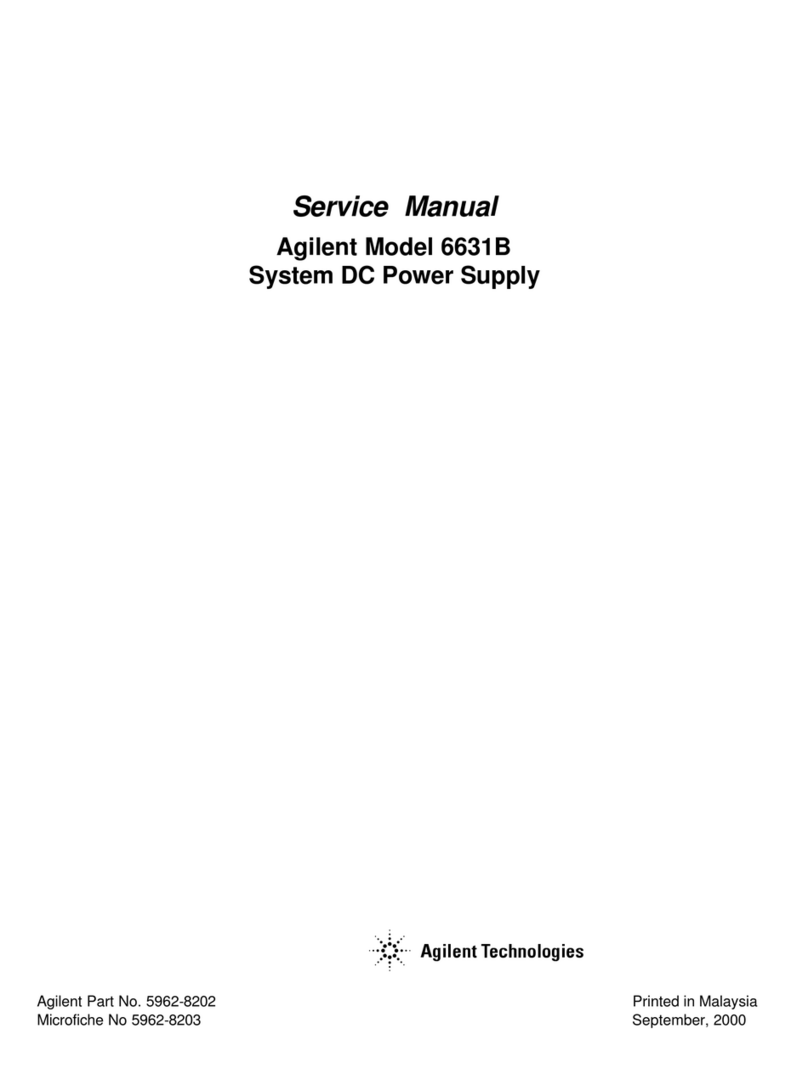
i
Contents
PDF viewers: These page numbers refer to the printed version of this document. Use the
PDF reader bookmarks tab for links to specific sections.
1. Introduction................................................................1
2. Precautions and Tips.................................................2
3. Quick Start .................................................................3
3.1 Connecting Power................................................................................5
3.1.1 Solar Panel....................................................................................5
3.1.2 AC/DC Power...............................................................................6
3.2 Plug In the Battery ...............................................................................7
3.3 Hook Up Power to Datalogger.............................................................8
3.4 Hook Up Communication Cable to Datalogger If Used.......................9
3.5Turn On the Charging Source ..............................................................9
3.6 Turn On Power to the Datalogger ........................................................9
3.7 LED Indicators.....................................................................................9
4. Specifications ..........................................................10
4.1 Specifications.....................................................................................10
4.2 Battery Packs......................................................................................11
4.3 Charging Sources ...............................................................................12
4.4 Communication Interface Cables.......................................................13
4.5 Communication Cable Interface Connector Pin-Out..........................13
5. Operational Overview..............................................14
6. User Interface...........................................................16
6.1 Configuring the PS200/CH200 Using Campbell Scientific Device
Configuration Utility (DevConfig).................................................18
6.1.1 Main DevConfig Screen..............................................................19
6.1.2 Settings Editor Tab......................................................................20
6.1.2.1 Battery Families ...............................................................25
6.1.3 Terminal Tab...............................................................................28
6.1.4 Send OS Tab —Downloading an Operating System .................28
6.2 SDI-12................................................................................................29
6.2.1 SDI-12 Address...........................................................................30
6.2.2 SDI-12 Measurements.................................................................31
6.2.3 SDI-12 Extended Commands......................................................34
6.2.3.1 Write Remote Battery Temperature to PS200/CH200 .....34
6.2.3.2 Restore Internal Battery Temperature Measurement........35
6.2.3.3 Change Battery Capacity Value in PS200/CH200 ...........35
6.2.3.4 Enter Battery Test State....................................................35
6.2.3.5 Zero Out Qloss (Battery Charge Deficit) .........................35
6.2.3.6 Power Usage.....................................................................36
6.3 RS-232 Interface ................................................................................36
6.3.1 Text Based Interface ...................................................................36


